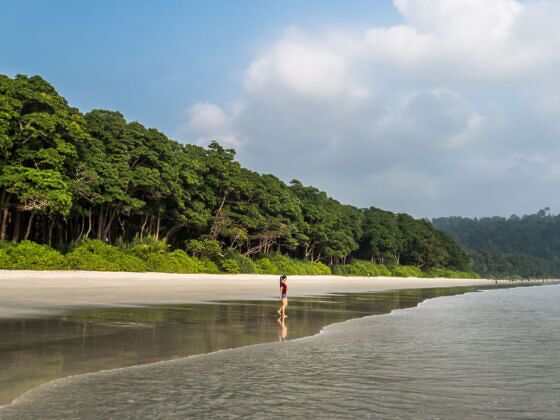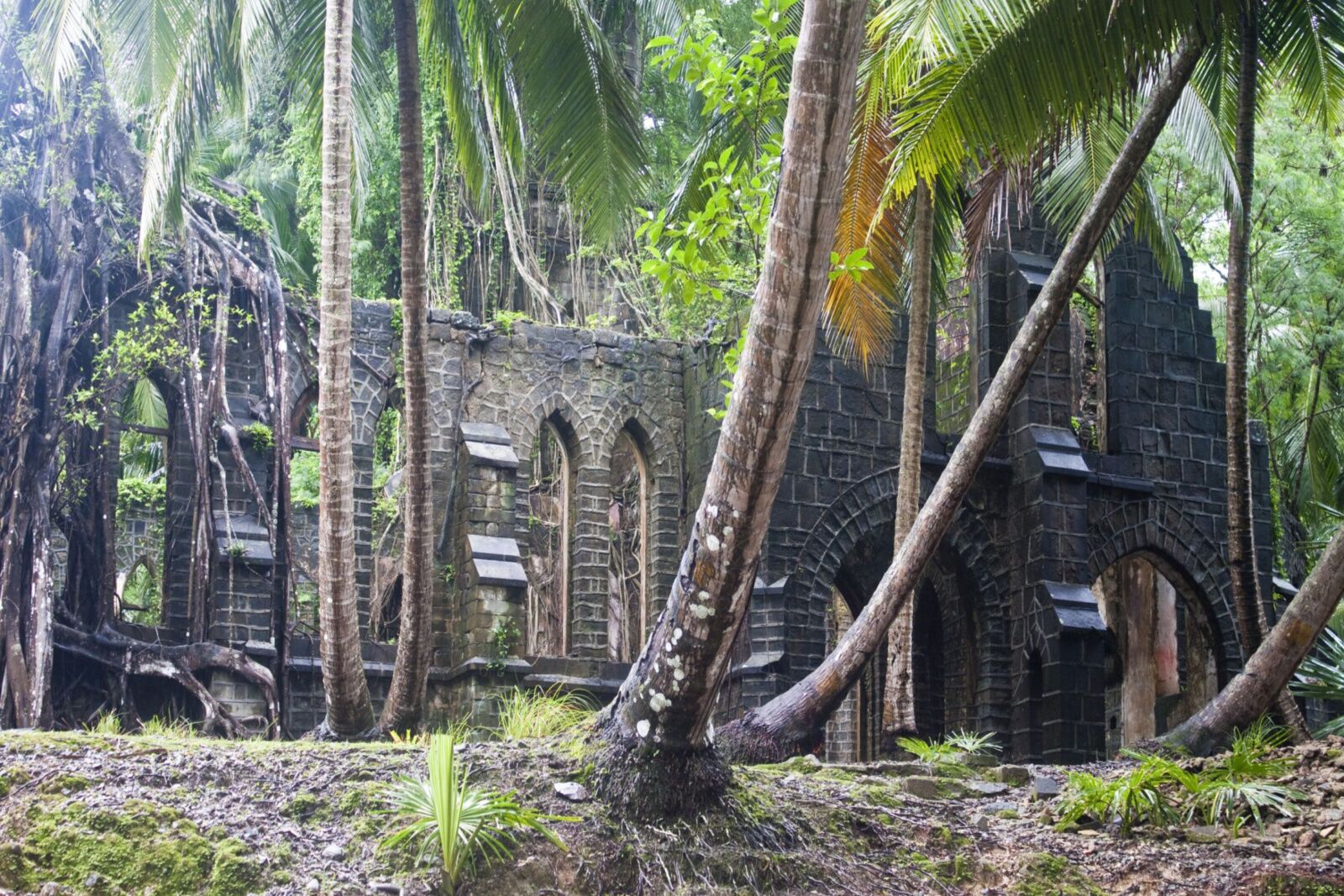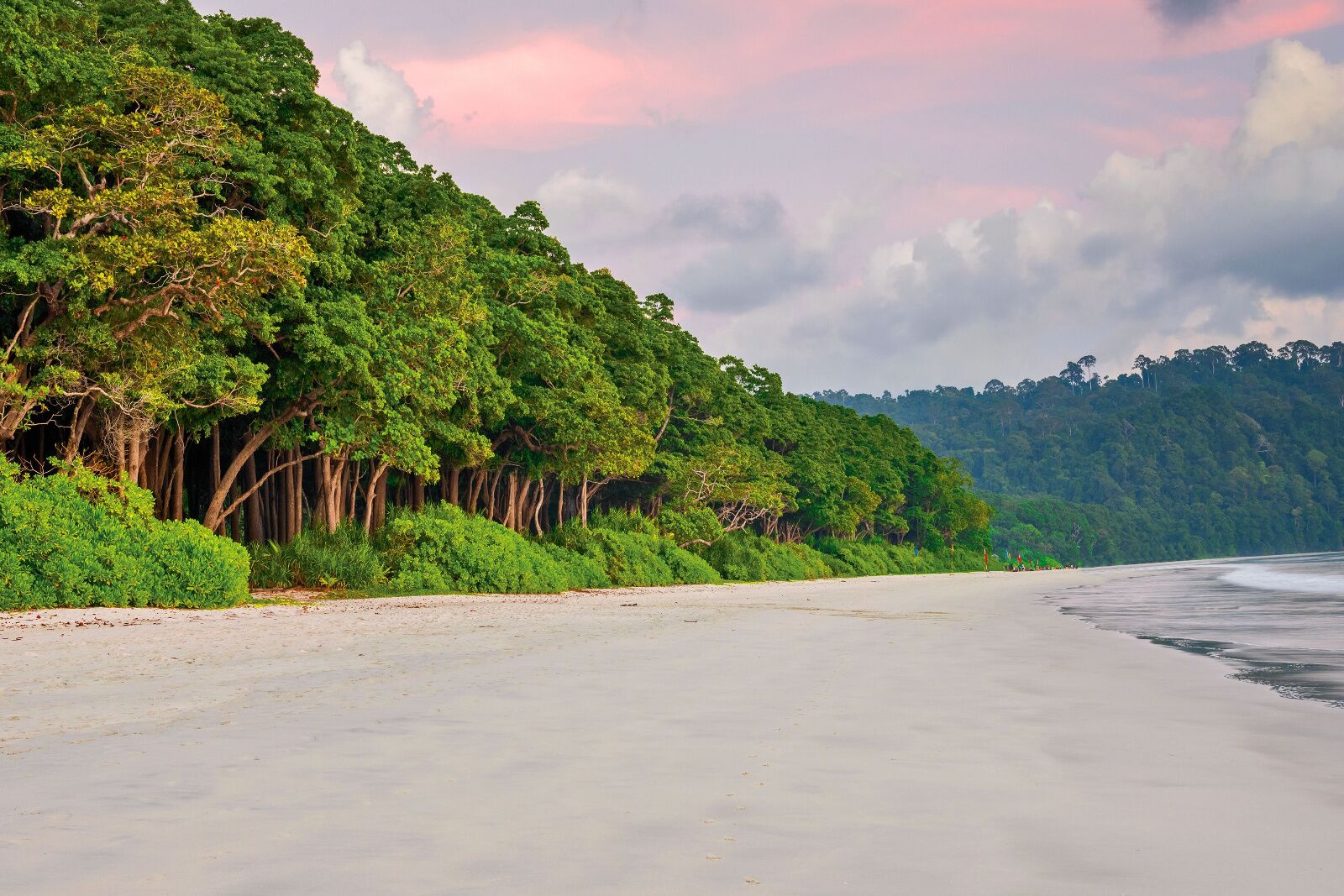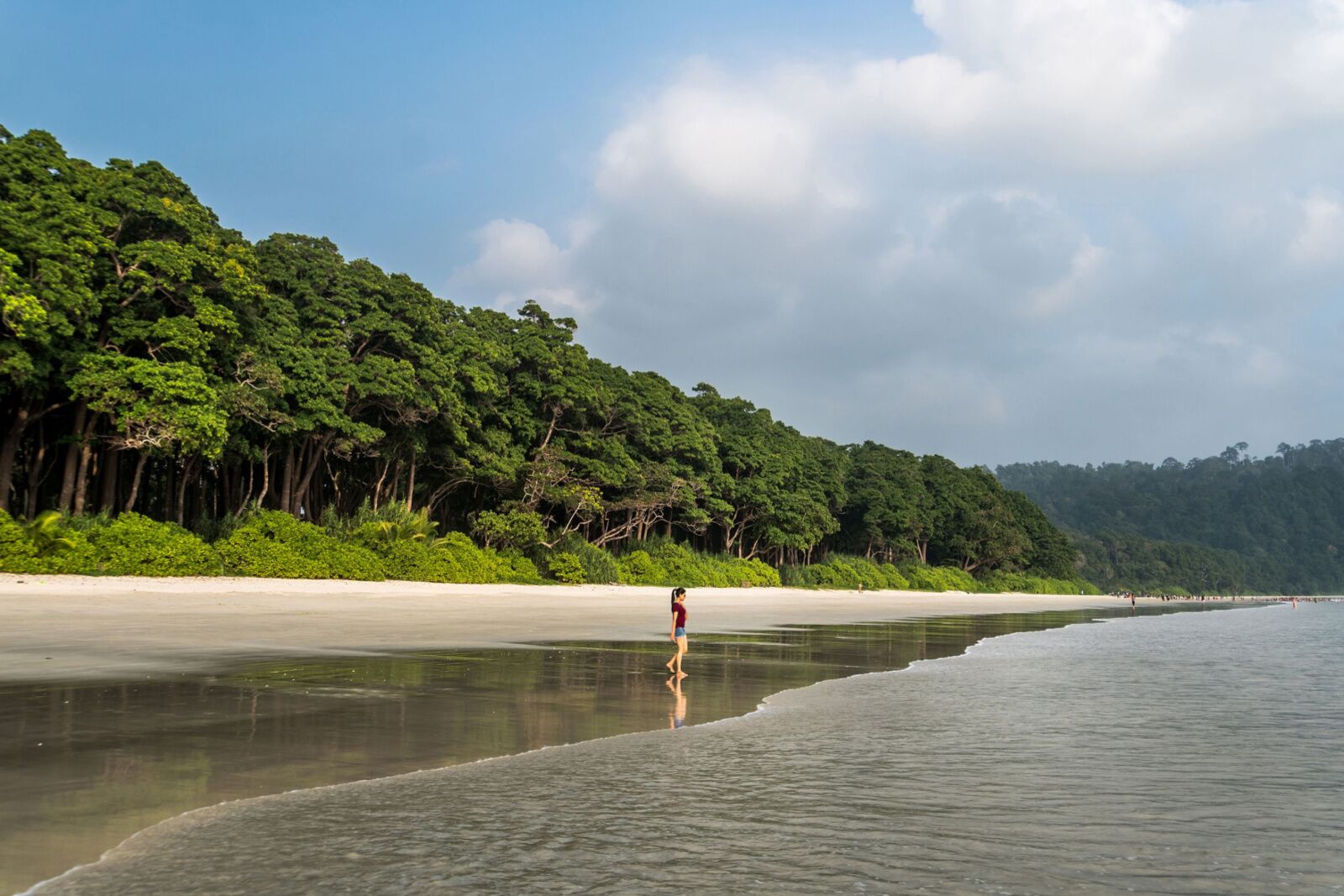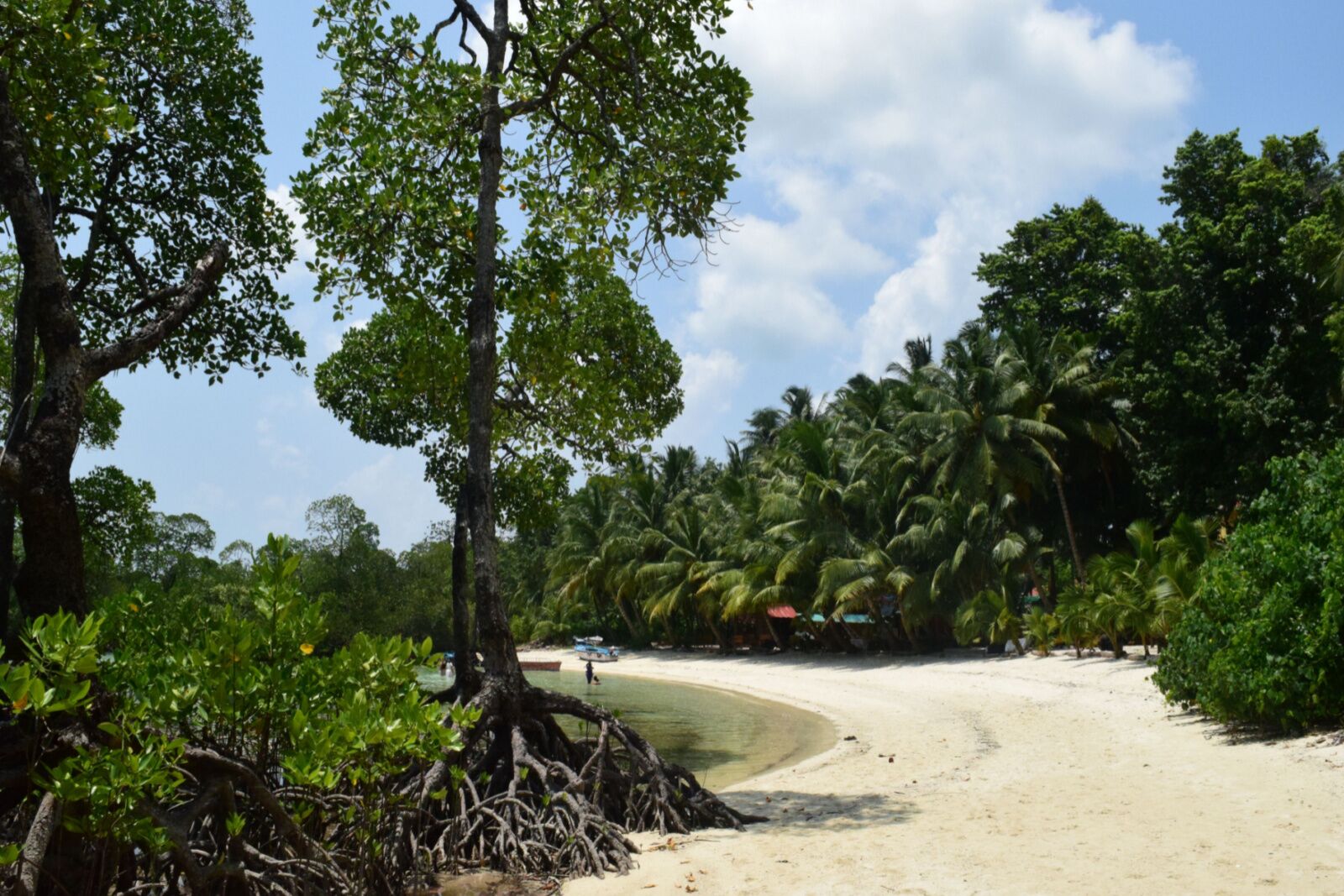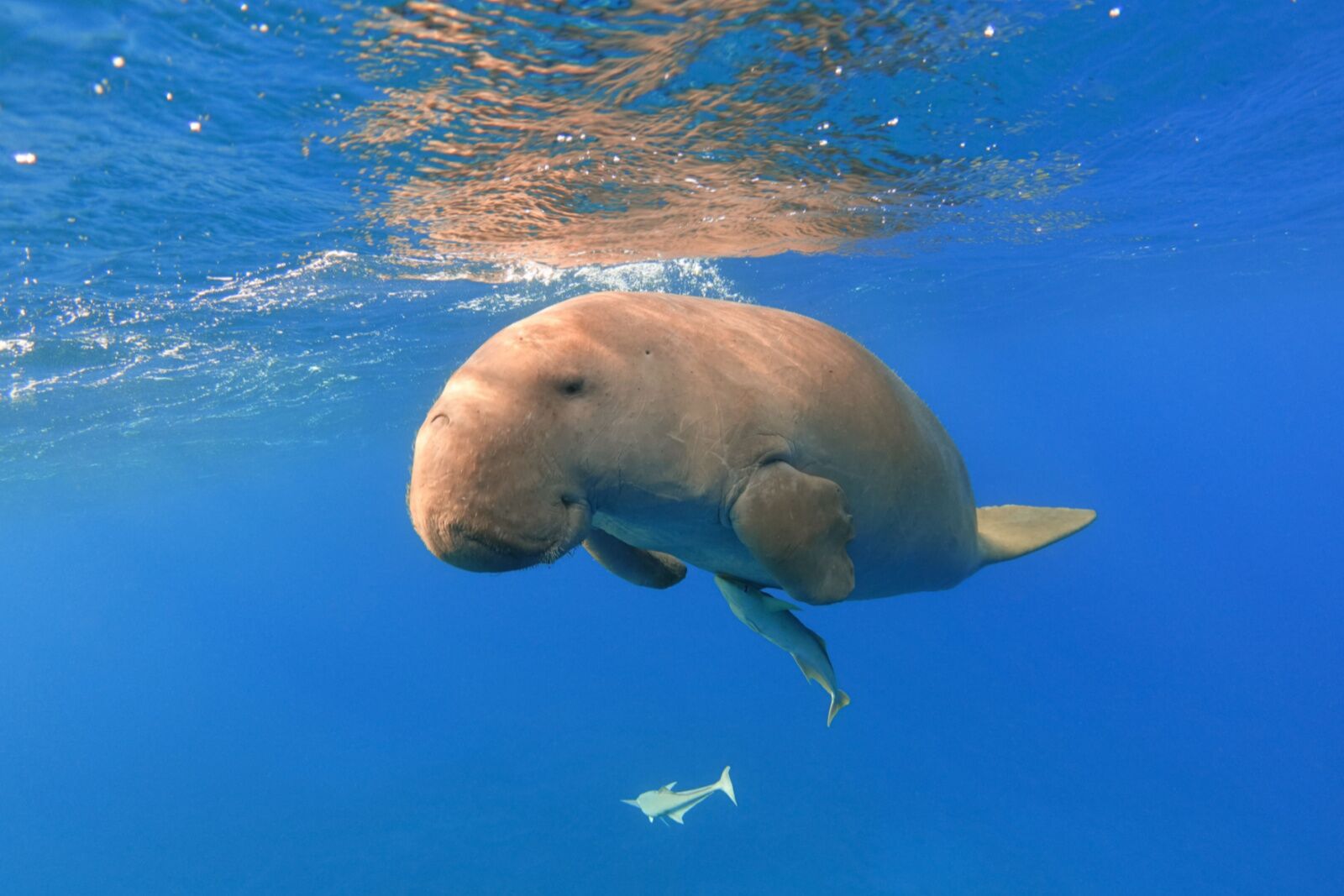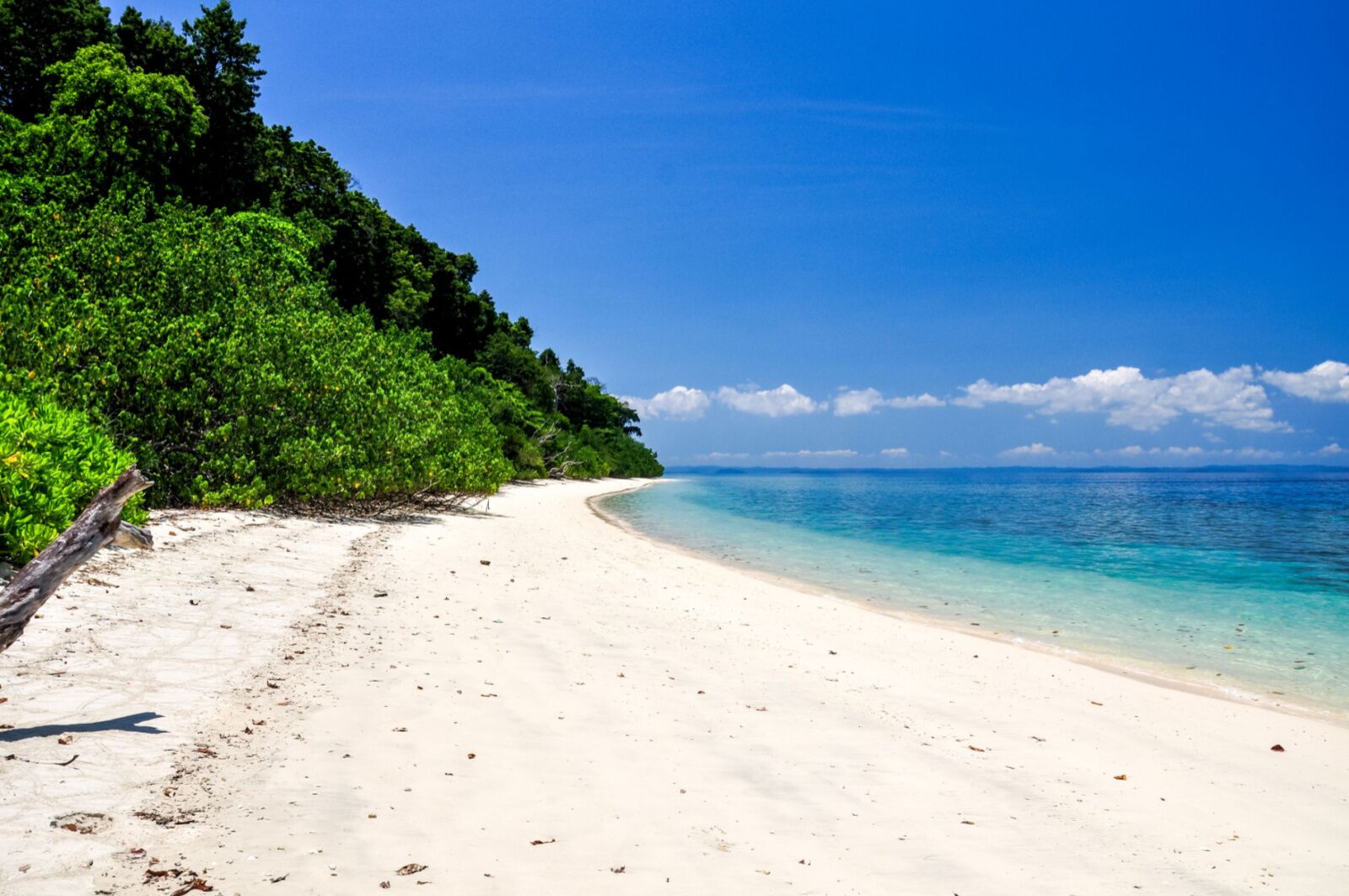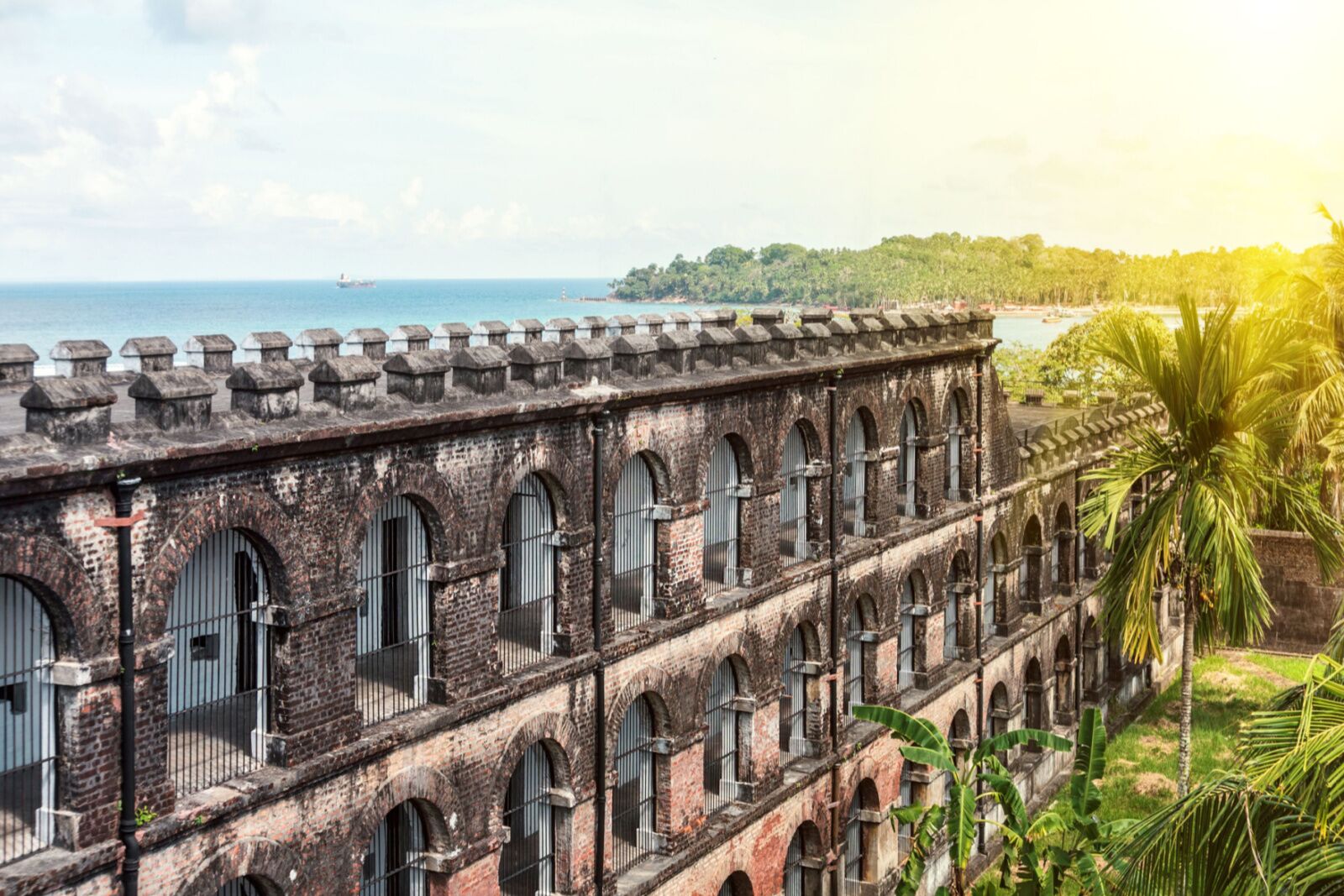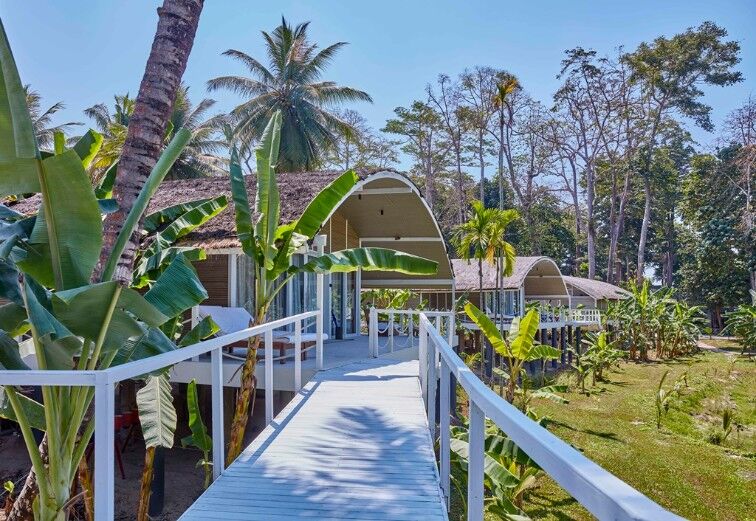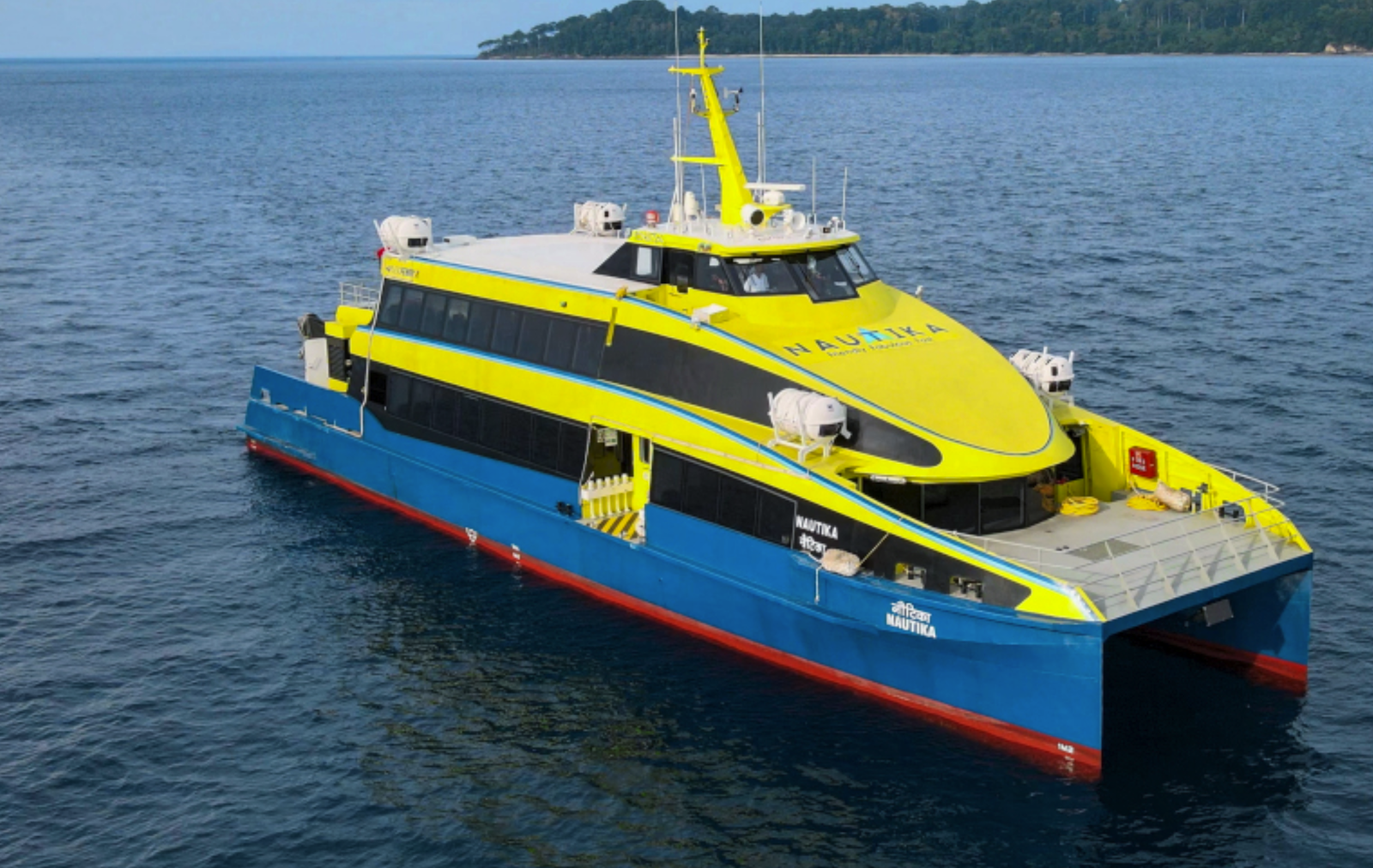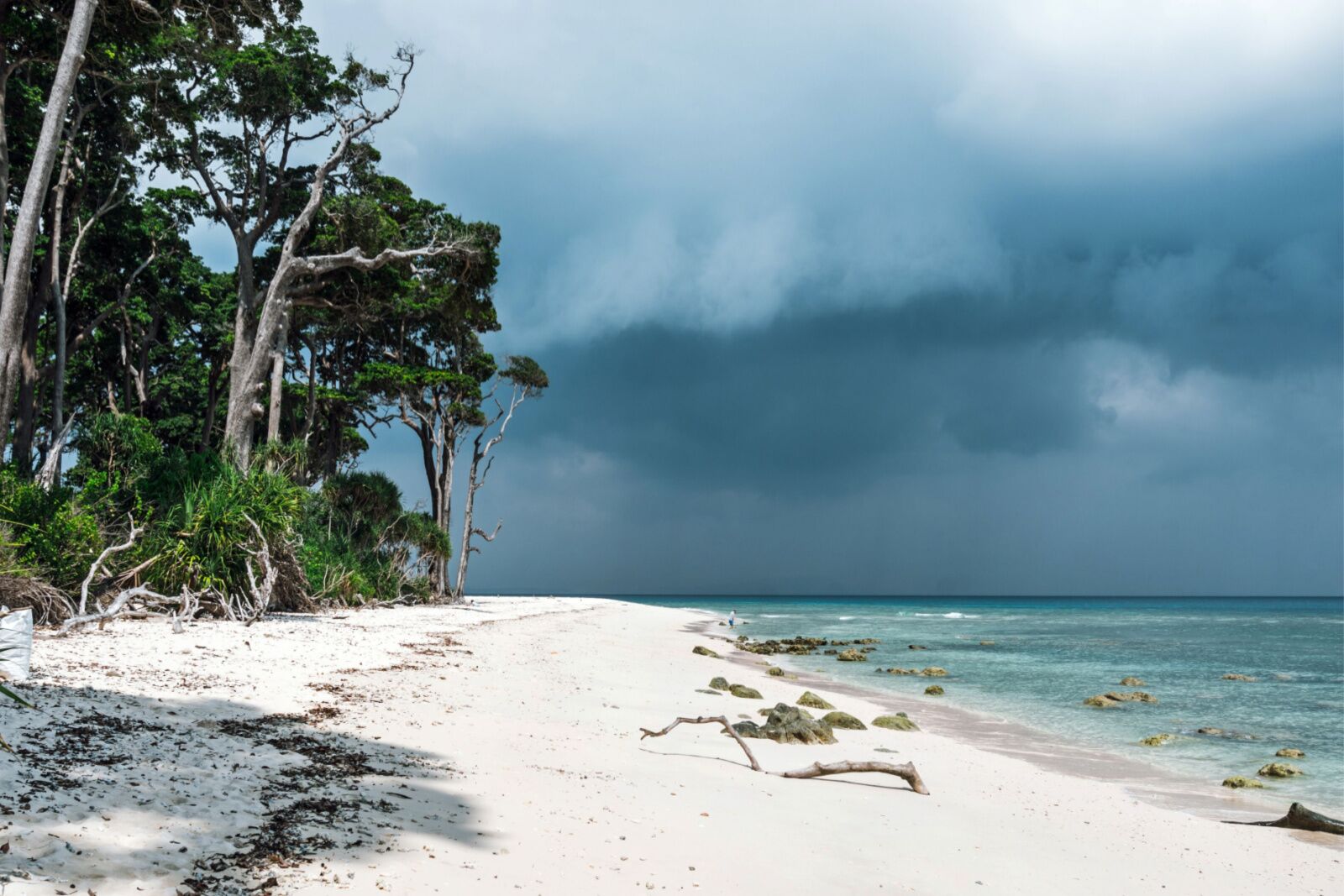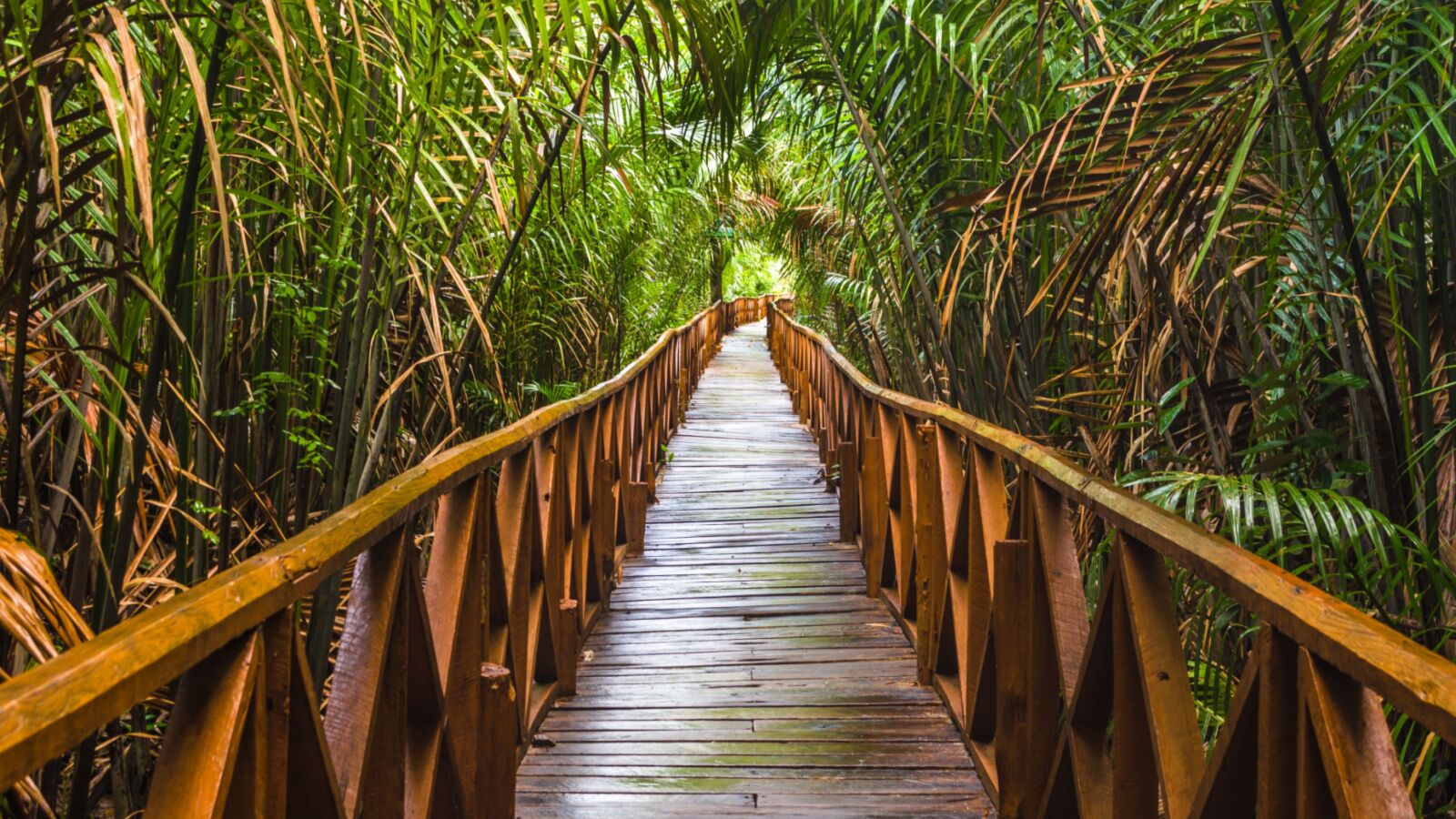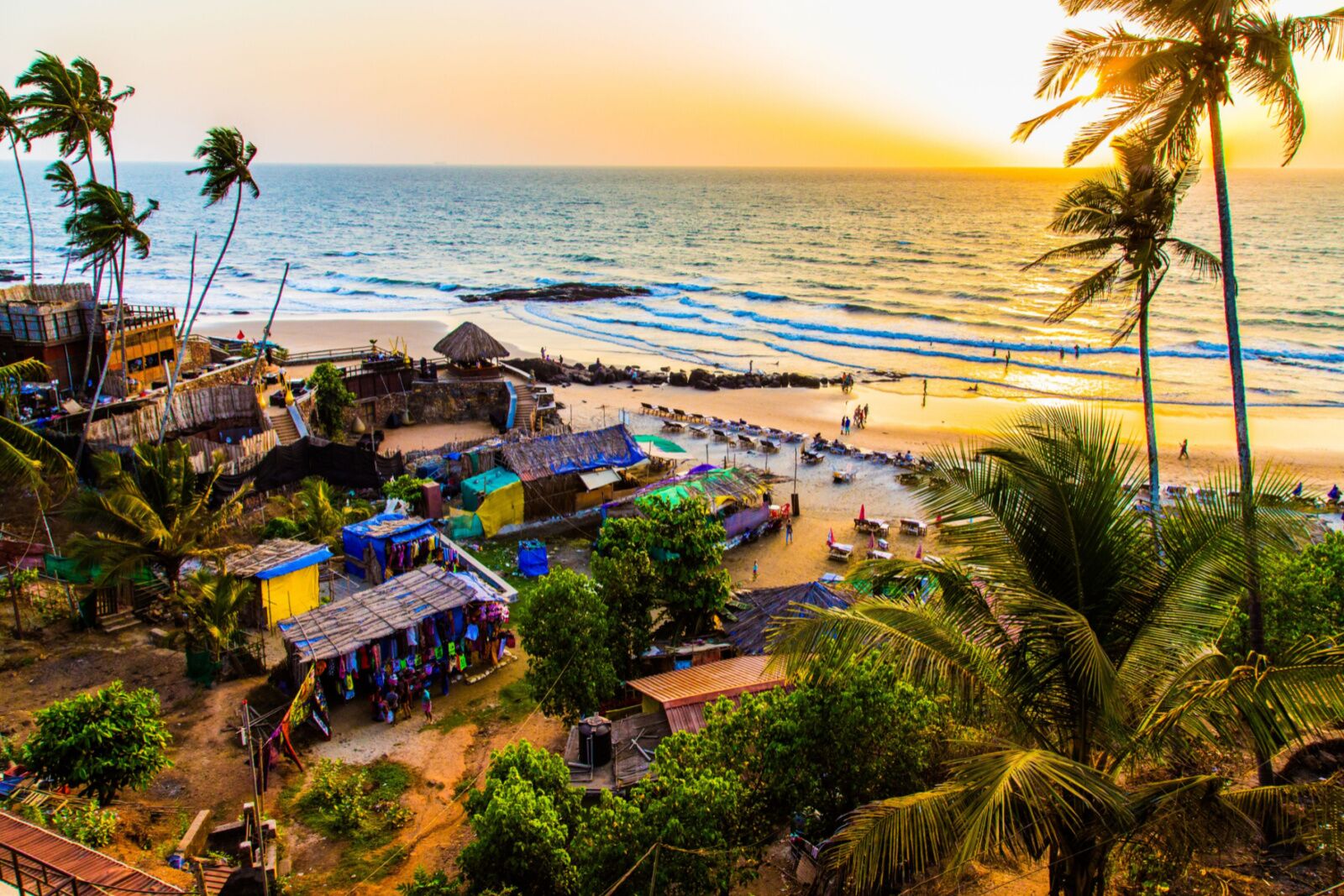A buzzing city of 20 million people. The awe-inspiring Taj Mahal. An ashram worthy of “Eat Pray Love.”
When thinking about India, it’s easy to conjure up the same mental images shown of India on TV and in movies.
But India is a massive country with 4,671 miles of coastline between the mainland and various islands. While the “digital nomad” millennial-traveler crowd may know of popular coastal destinations like Goa, most people don’t think of the nation’s beachy areas. And even more rarely do they associate India with the Andaman and Nicobar Islands and its leading tourist destination, Havelock Island.
